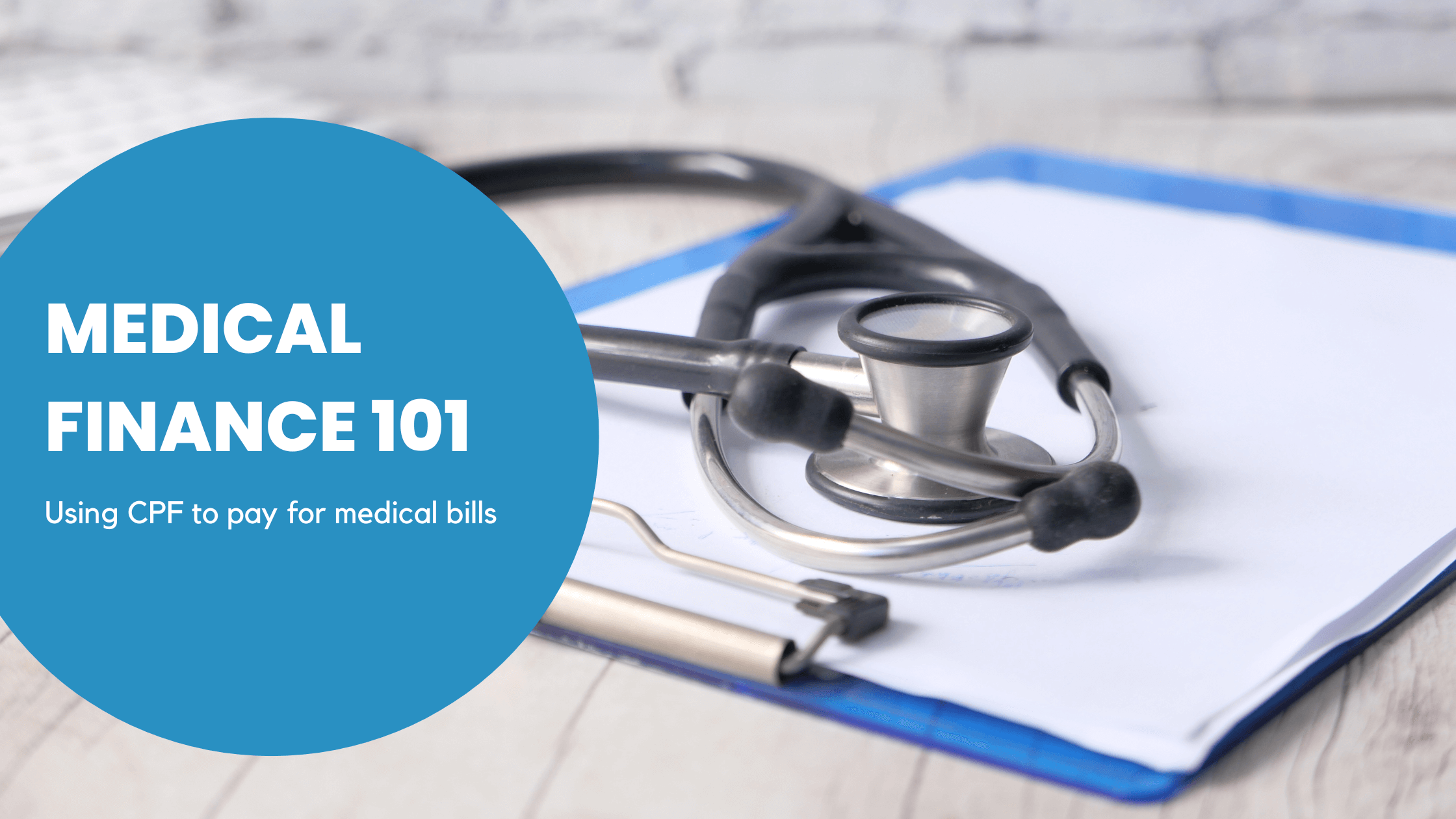Medical Finance 101: Using CPF for medical bills
- Medicalassistance4u
- March 2, 2023
- Financial Assistance

Central Provident Fund (CPF)
CPF is a compulsory savings plan for working Singaporeans and permanent residents.
Funds in the CPF are allocated into different accounts:
- Ordinary Account (OA)
- Special Account (SA)
- Retirement Account (RA)
- MediSave
MediSave
MediSave is a savings scheme where Singapore Citizens and Permanent Residents (PRs) automatically set aside a part of their income for healthcare needs.
There are withdrawal limits set for MediSave. This is to ensure Singaporeans have enough savings for basic healthcare needs as they move into old age.
What MediSave can be used for
1. Healthcare expenses
- Outpatient care
- Chronic disease management
- Vaccinations
- Health screenings
- CT/MRI scans
- Hospitalisation
- Day surgery
- Rehabilitation therapy
- Palliative care
- Disability care
2. Payment of insurance premiums for
- MediShield Life
- Integrated Shield Plans
- ElderShield
- CareShield Life
Services that cannot be paid for by Medisave
- Outpatient consultation fees, tests and investigations (except for approved treatments under the Chronic Disease Management programme)
- Accident and emergency (A&E) fees
- Non-medical treatments (e.g. ambulance transport)
- Optional and cosmetic treatments
- Medical equipment, devices and appliances (e.g. wheelchairs)
Ways to use CPF and MediSave for family members
1. Top up their MediSave accounts
You can transfer funds from your CPF Special Account (SA) and/or Ordinary Account (OA) to your family member’s MediSave.
Funds will be transferred first from your SA and then from your OA.
Apply here.
2. Pay for their MediShield Life insurance premiums
MediShield Life is a basic healthcare insurance plan for all Singaporeans. It provides lifelong coverage for hospital bills and selected outpatient treatments (i.e. dialysis, chemotherapy).
You can use your MediSave to pay for your loved one’s premiums if they are tight on cash or need the money for other purposes.
Apply here.
3. Allow them to tap into your CPF for MediSave Care
MediSave Care is a personal healthcare savings scheme. It allows Singaporeans and PRs who are 30 years and above with severe disability to withdraw up to $200 a month from their and/or their spouse’s MediSave.
To ensure there are sufficient funds for other medical needs, there needs to be a minimum balance of $5000 in the MediSave account.
Those with less than $20,000 in their MediSave account are subjected to a monthly withdrawal limit less than $200 for MediSave Care. They can however tap onto their spouse’s MediSave to supplement this withdrawal if their spouse has at least $10,000 in their MediSave.
4. Pay for their yearly health screenings
MediSave can be used to pay for you or your loved one’s screening tests at participating medical institutions.
5. Pay for treatment of their chronic diseases
If your loved one has a condition under the Chronic Diseases Management Programme (CDMP), they are eligible to use their or their family’s MediSave for outpatient chronic disease treatments.
The conditions under the CDMP are:
- Allergic rhinitis
- Anxiety
- Asthma
- Benign prostatic hyperplasia
- Bipolar disorder
- Chronic hepatitis B
- Chronic obstructive pulmonary disease (COPD)
- Dementia
- Diabetes mellitus
- Epilepsy
- Gout
- Hyperlipidemia (lipid disorders)
- Hypertension (high blood pressure)
- Ischaemic heart disease
- Major depression
- Nephrosis/nephritis
- Osteoarthritis
- Osteoporosis
- Parkinson’s disease
- Psoriasis
- Rheumatoid arthritis
- Schizophrenia
- Stroke
Complex chronic conditions is when the patient has had, within a year
- Visits for 2 or more conditions under the CMDP; or
- Visits for 1 CDMP conditions with complications
Individuals with complex chronic conditions can withdraw up to $700 per year from their MediSave for outpatient chronic condition treatments.
When using MediSave to support multiple family members with chronic conditions, you are able to withdraw up to $500 or $700 per recipient.
6. Pay for their CT and MRI scans
You are able to withdraw up to $300 per year per individual from your MediSave for your loved one’s outpatient scans.
Patients with cancer can claim up to $600 per year for outpatient MRI scans, CT scans and other diagnostics related to the treatment (X-rays are not included under this use case).
7. Pay for repeated treatments
Repeated treatments may be needed for conditions like cancer, kidney failure and end-stage renal disease.
These are the withdrawal limits for such treatments:
Treatment | Withdrawal amount |
Renal dialysis | Up to $450 per month |
Cancer drug treatment | Up to $600 or $1200 per month |
Radiotherapy | Between $80 to $2800 (depending on the type of treatment) |
8. Pay for their dental surgical procedures
You can use your MediSave to cover the cost of your loved one’s dental procedure if their MediSave account has insufficient balance.
Examples of dental treatments that are MediSave-claimable are:
- Wisdom tooth surgery
- Dental implant
- Bone grafting
- Gum grafting or surgery
- Sinus lift
- Crown lengthening
You can withdraw between $250 – $2850 depending on the complexity of the procedure.
9. Pay for day rehabilitative care
MediSave can be used to offset some of the costs for rehabilitation therapy at community hospitals (inpatient treatment) or day rehabilitation centres (outpatient treatment).
Let the staff at the rehabilitation facilities know you wish to pay with MediSave in advance so they can guide you through the necessary procedures.
10. Pay for inpatient palliative care
You can withdraw up to $250 (general care) or $350 (specialised care) per day from your MediSave to pay for approved inpatient hospice palliative care services for your loved one.

